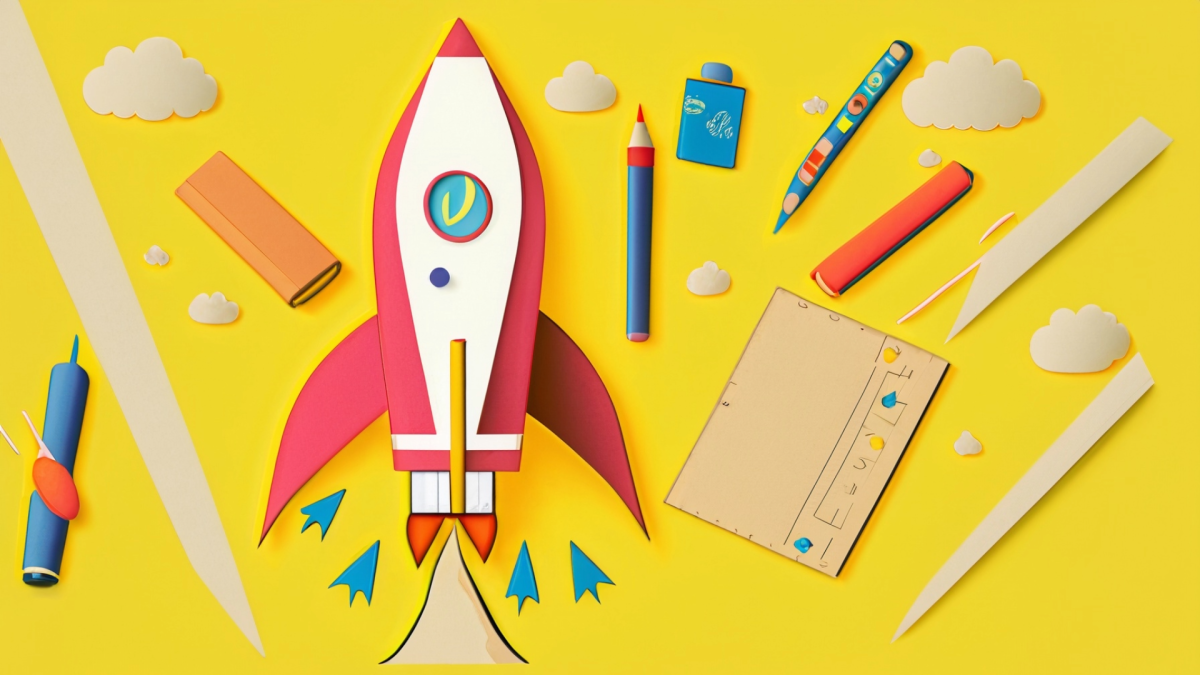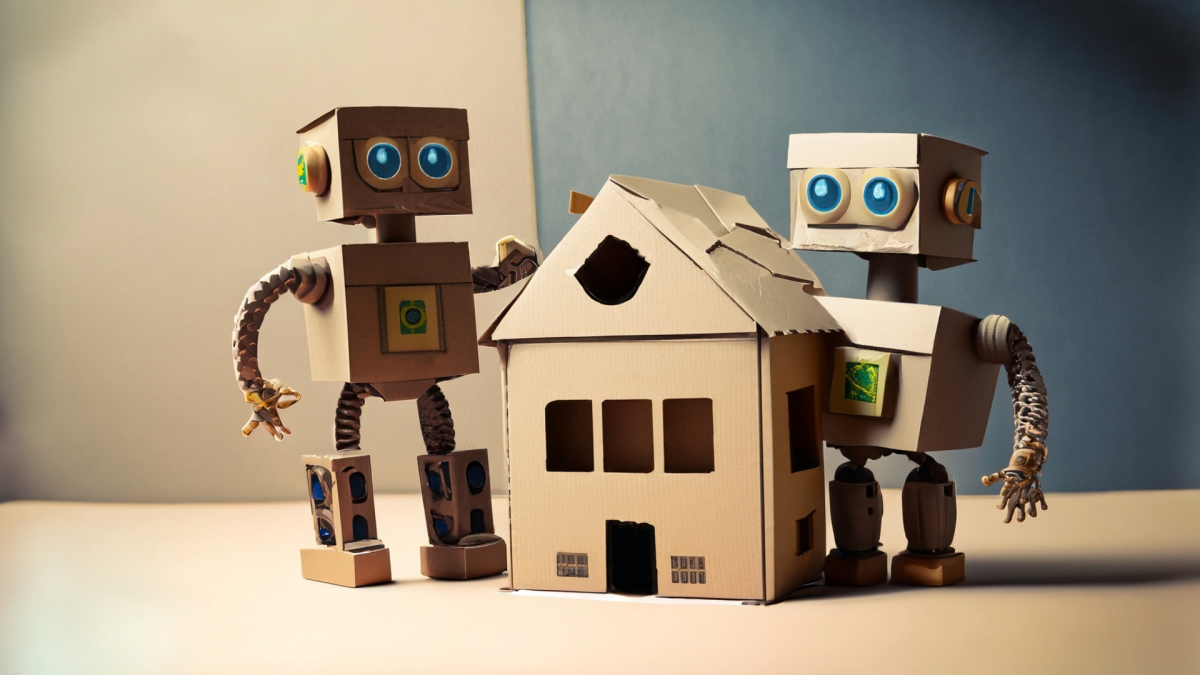
Saltwater vs. Freshwater
by Lisa Nielsen
In this lesson students will show the proportion of freshwater compared to saltwater on Earth.
Students will define the problem of having a limited amount of fresh water using evidence gathered from research. They will engineer a device that can change saltwater into freshwater. Students will show their understanding and create models based on their understanding that matter is made of particles that are too small to be seen by the human eye.
Lesson Grade Level
5th GradeLesson Plan Link/URL
https://docs.google.com/presentation/d/1GzLHvM_ii3P9mQLQGXnRMDg0y4uzY6RL/edit?u…Subject Area
Science Physical Science P1: Matter Life Science L2: Organisms & Energy Engineering S1: Engineering & Global Society S2: Apply the Engineering Design Process S4: Apply Science to Engineering Mathematics Measurement and Data (MD)
Featured
On
Related Content

Grades:
4th Grade, 5th Grade, 6th Grade
In this lesson, students will explore the forces of flight in rockets. They will construct a rocket using straws, clay, and index cards. Students will then use a launcher to launch their rockets and

Grades:
1st Grade, 2nd Grade, 3rd Grade, 4th Grade, 5th Grade
In this hands-on lesson, students explore engineering and art as they use the same materials as the three little pigs to create a structure that would survive the blowing of a wolf (fan). Students

Grades:
9th Grade, 10th Grade, 11th Grade, 12th Grade
This lesson is designed for Day 3. Students use outside resources to modify and test helmet effectiveness with Pocketlab sensors. In this hands-on lesson, students will create a prototype and run